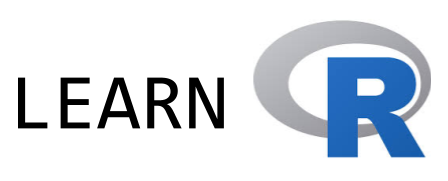Teaching an advanced R course
In this post, I come back to my first experience teaching an advanced R course over the past month.
Content
This course was programmed for 10 sessions (3 hours each) and I initially wanted to talk about the following subjects:
R programming and good practices (2 sessions)
Data analysis with the tidyverse (3 sessions)
R code performance (2 sessions)
R packages (2 sessions)
Bonus: Shiny (1 session)
I basically sticked to this.
I should also mention the public: PhD students.
Materials
At first, I wanted to do an interactive course using package {learnr} but it would have required way too much work (my thesis supervisor would not have been happy!). So, finally I decided to use package {bookdown}. Using {bookdown} was really easy, and knowing how to use it now will spare me some time when I will write my thesis manuscript.
Materials are available there.
I also decided to create an associated package for mainly two reasons:
to make students install package dependencies that we needed in this course,
to make solutions available for the chapter on code performance.
This idea of having a bookdown for materials with an associated package is not new (e.g. see the Efficient R Programming book and its associated package).
I also introduced my students to Slack so that we could communicate and share code.
All chapters
I started the course with good practices such as coding style, using RStudio and Git, and getting help.
I continued the course with some base R programming. This is not the funniest part of the course, but knowing this seemed to me as inevitable to be proficient in R.
Then, we learned about the tidyverse using the R for Data Science book. While teaching this course, I have discovered that many people still don’t use {ggplot2} and {dplyr}. So, I had to introduce these two packages from scratch and it took me longer than I had anticipated. In 3 sessions (9h), I had the time to cover R Markdown, {ggplot2} and {dplyr} only.
After the tidyverse, I covered performance of R code. I really like to solve performance problems on Stack Overflow and (I think) I’m really good at it. So, this may have been the chapter I could bring the most to the table. Moreover, one student came with one of the problem she had, and I used her problem as an exercise. At the end, she was able to make her code more than 1000 times faster. For the other exercises, I mainly used problems I had answered on Stack Overflow.
For the last chapter, we covered how to make an R package. I showed them that it was really easy and fast, mainly thanks to packages {usethis} and {roxygen2}. We had time to cover the full documentation, testing, automatic checking of packages and even how to make a website of a package.
Finally, the last session was a “bonus” session we could use either to spend more time on any topic or just to learn something fun like {Shiny}. Indeed, we could have spent at least two more sessions on the tidyverse and one on practicing about performance of R code. Using a Slack poll, we agreed to learn Shiny. For this, I used this nice and free DataCamp course.
Retrospective thoughts
At least half of the materials I used is borrowed from others. At first, I felt bad about this because I felt lazy. But it has already taken me a lot of time to prepare these materials, just reinventing the wheel with some new materials that were already out there would have not been good for me or my students.
I think using {bookdown}, Git and Slack was a good idea.
I feel like I’ve covered lots of useful things. However, I would have wanted my course to be useful for more people (I had only ~10 students). Hopefully these materials will be useful for other people outside Grenoble, France.
So don’t hesitate to comment this post or ask some questions!
